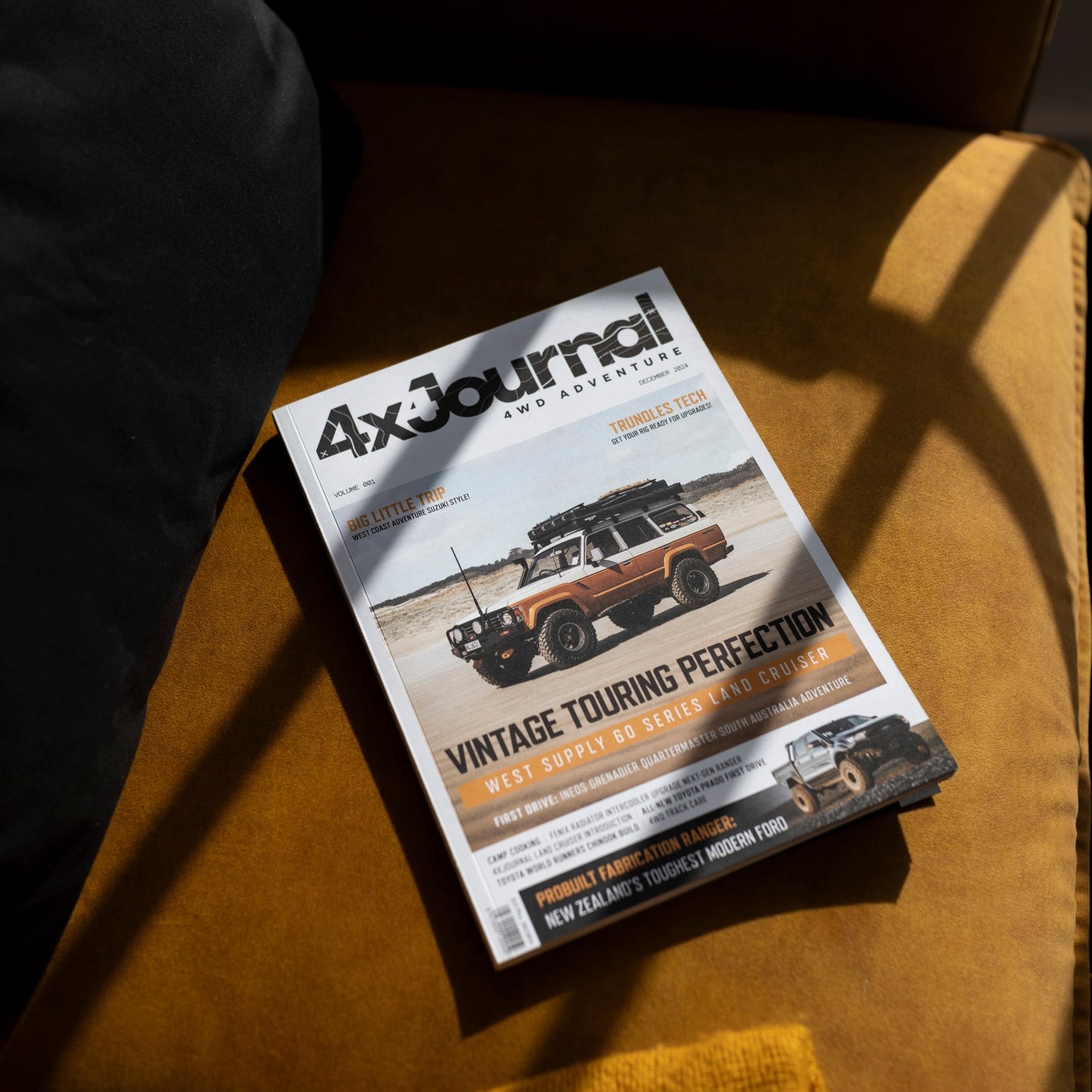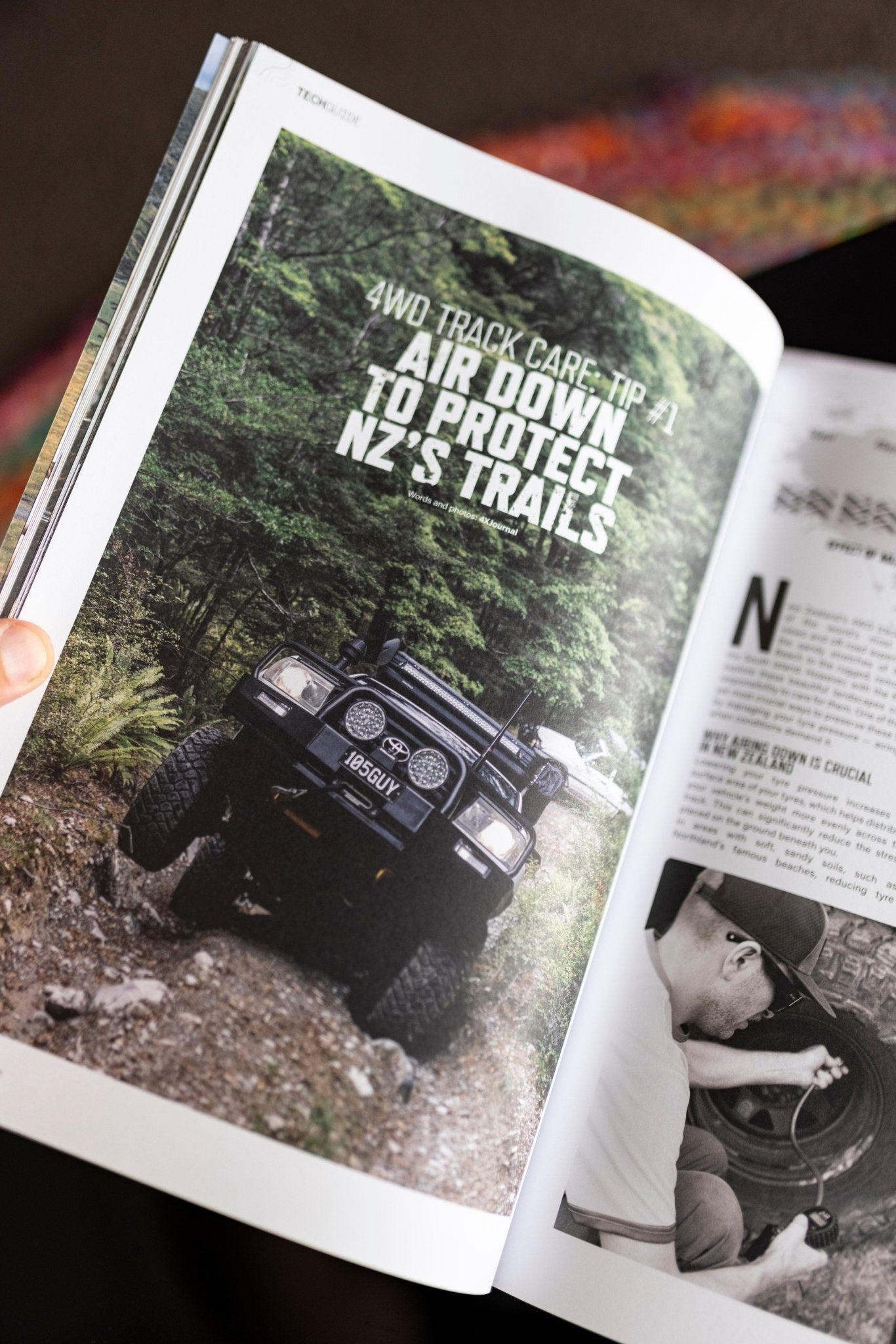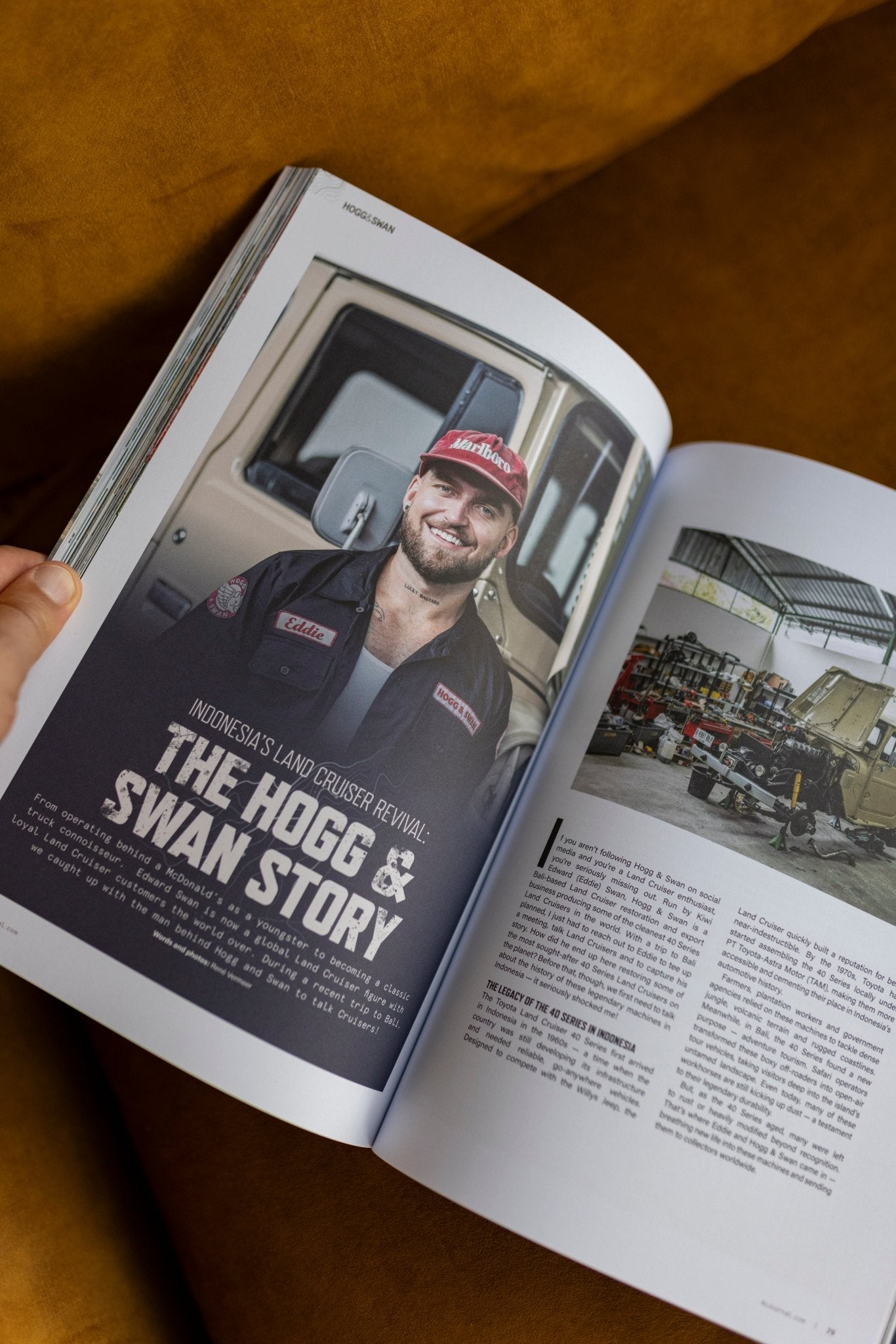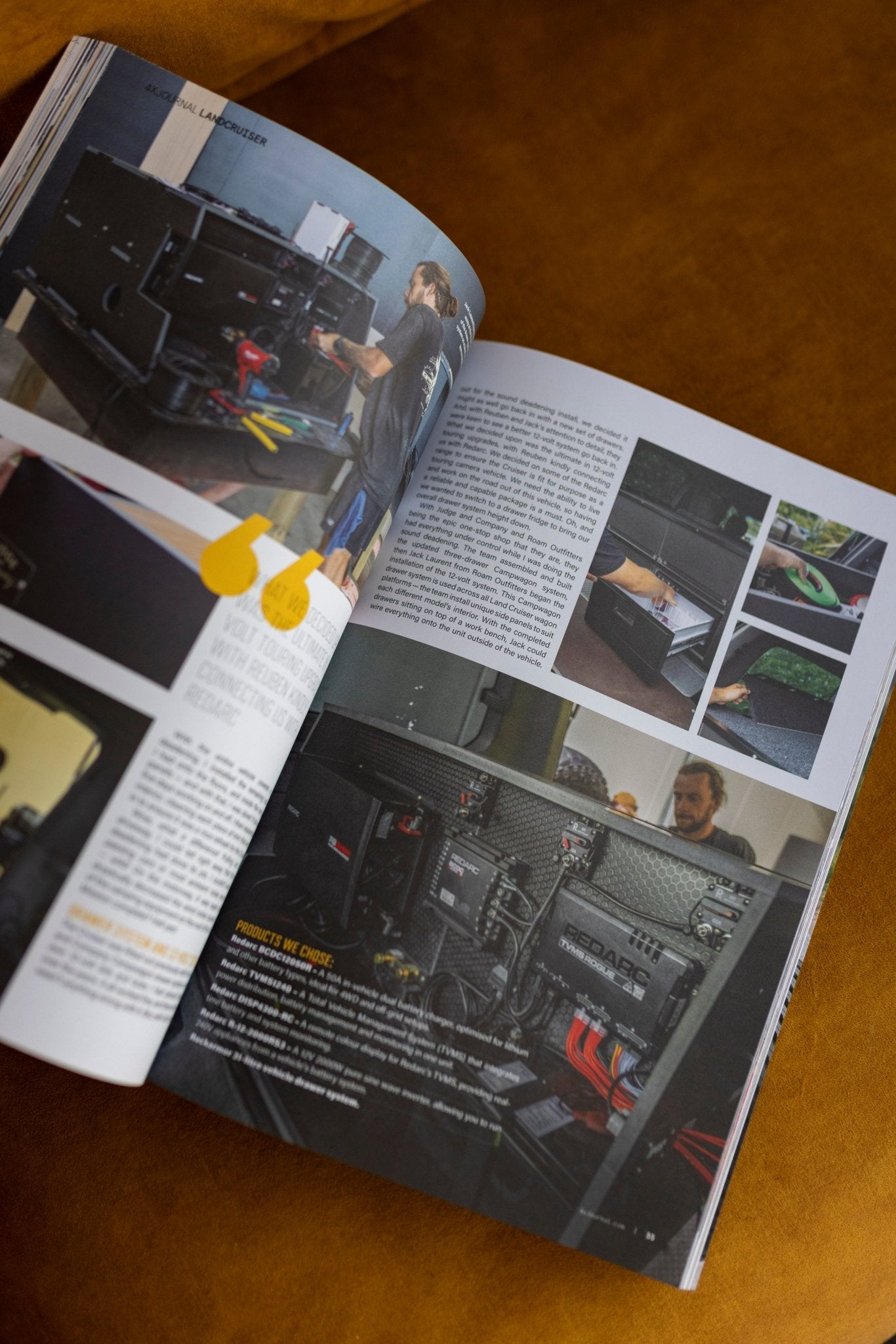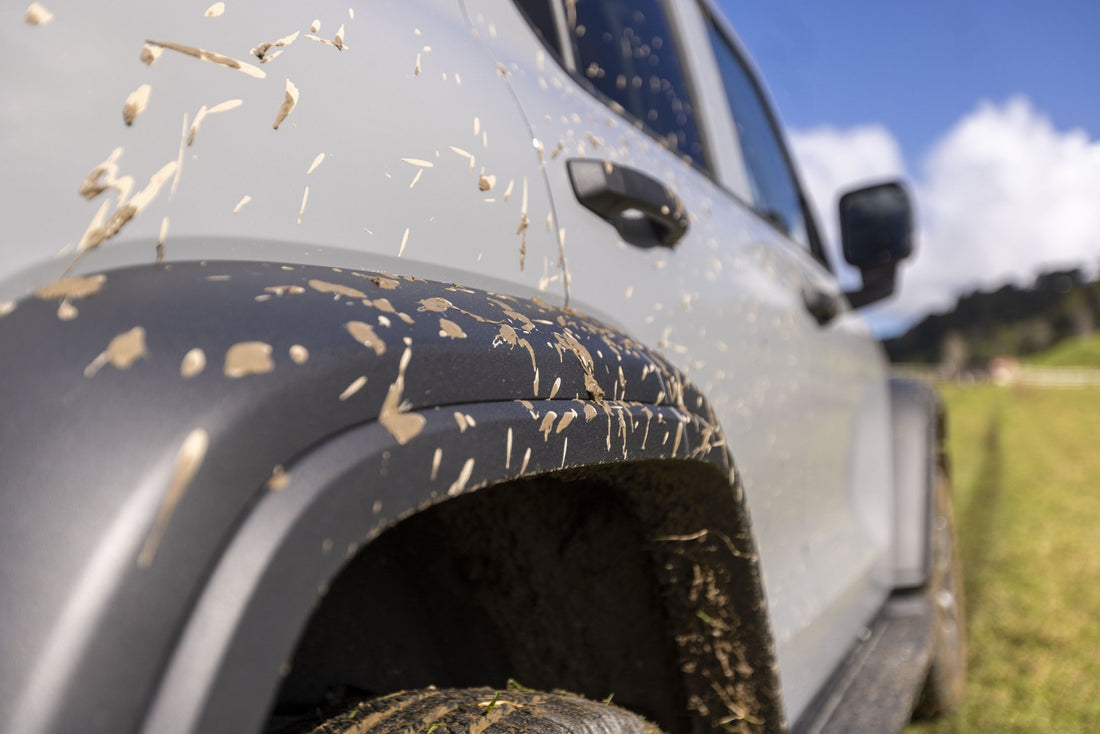
GWM Tank 300 Diesel — better than the 255kW petrol hybrid?
Share
When I first drove the GWM Tank 300 Petrol Hybrid, I was genuinely shocked and surprised by its performance. With 255kW on tap, it’s a seriously potent road-going SUV that can get up to speed quicker than plenty of entry-level performance cars. I was bedazzled by this at first, but the more I drove that powertrain, I realised it was more of a one-trick pony — quick with your foot buried through the firewall, with all systems engaged. But, with partial throttle and low-down torque suffering due to the nature of the combined ICE and electric motors.

When you’re offroading, you need near-on idle torque and partial throttle response, not foot-flat horsepower, high in the rev-range. At the time, I yearned for a diesel powertrain and it sounds as though I wasn’t the only one. Chinese vehicle manufacturers seem to be much quicker to adapt than others, listening to customer feedback and implementing change almost immediately (well, minus the R&D). The GWM Tank 300 diesel is an incredible example of that, with Australians pushing very hard for a diesel model, to which we’re riding the wave of (thanks Aussies!).

When I first drove the GWM Tank 300 diesel, it was in Melbourne. I was flown over to attend the launch there and we enjoyed the Tank 300 Diesel on the Victorian backroads and trails. It was instantly evident that the available low-down torque improved its offroad capabilities by a large margin. I felt more comfortable in its ability to crawl up steep, rocky terrain. It’s by no means the rocketship it once was – in fact, I would say it’s a touch underpowered – but that can change with upgrades that will no doubt come from the aftermarket.

Although I got a good drive that day, it’s nothing like having a vehicle for a solid week on your own soil. After a long wait, I nabbed the Tank 300 Diesel from GWM New Zealand to put it to the test on New Zealand roads. Colour in Fossil Grey, the Tank 300’s paint mimics Audi’s Nardo grey. I am not a huge fan of this colour if I am honest, as it reminds me of years gone by, painting cars at home in the shed with a primer basecoat the only layer I could afford until I saved up for the top coat of colour.

Externally, the Tank 300 diesel is no different. But underneath, things have changed. Gone is the 2.0-litre turbo petrol hybrid powertrain and in its place is a 2.4-litre four-cylinder turbo diesel, paired with an eight-speed automatic. It makes 135kW and 480Nm, but more importantly, that torque arrives much lower in the rev range. That’s a key difference in day-to-day driving, especially when you’re not pushing the vehicle hard. Around town and on the open road, it now feels calmer, with less of that urgent surging you got from the hybrid. It’s more measured, more progressive.

GWM didn’t stop at the engine swap either. To handle the increased torque and payload demands that come with a diesel, they went through the platform and upgraded over 20 components. That includes beefed-up cooling for both the engine and transmission, a reinforced rear differential housing, improved wheel bearings, upgraded brakes, and a complete retune of the suspension. The dampers are firmer, the bushings more robust, and the anti-roll bars have been recalibrated to better suit the diesel’s weight distribution.

All of these upgrades are subtle on their own, but together they give the diesel Tank a more cohesive feel on and off the road. There’s still a bit of body-on-frame jitter over broken surfaces, but it’s better controlled than the hybrid and never feels vague or unpredictable. Steering remains light, with three selectable assistance levels, though I left it in Comfort the whole time — it’s where the weighting feels most natural.

On gravel and trail, this thing genuinely comes alive. It’s not about going fast, but about how confidently it puts power down and stays composed. Low-range is a joy to use, especially with that diesel torque, and the crawl control and locking diffs give you genuine capability. Climbing steep, wet hills, or easing down rock-strewn tracks, the diesel felt more at ease — less reliant on revs and more willing to chug its way forward. It felt like a truck that was designed with low-speed finesse in mind, not just spec-sheet wow factor.

The difference all this makes when towing or loaded up is also significant. The diesel Tank now tows 3,000kg braked — up from 2,500kg in the petrol hybrid — and has a payload capacity of 600kg. With all the changes to cooling, driveline strength and braking performance, it’s a rig that feels ready to work, not just pose.

In short, it’s not faster, and it’s not flashier. But it’s better where it matters. And that makes the diesel Tank 300 the more complete vehicle in my book.



